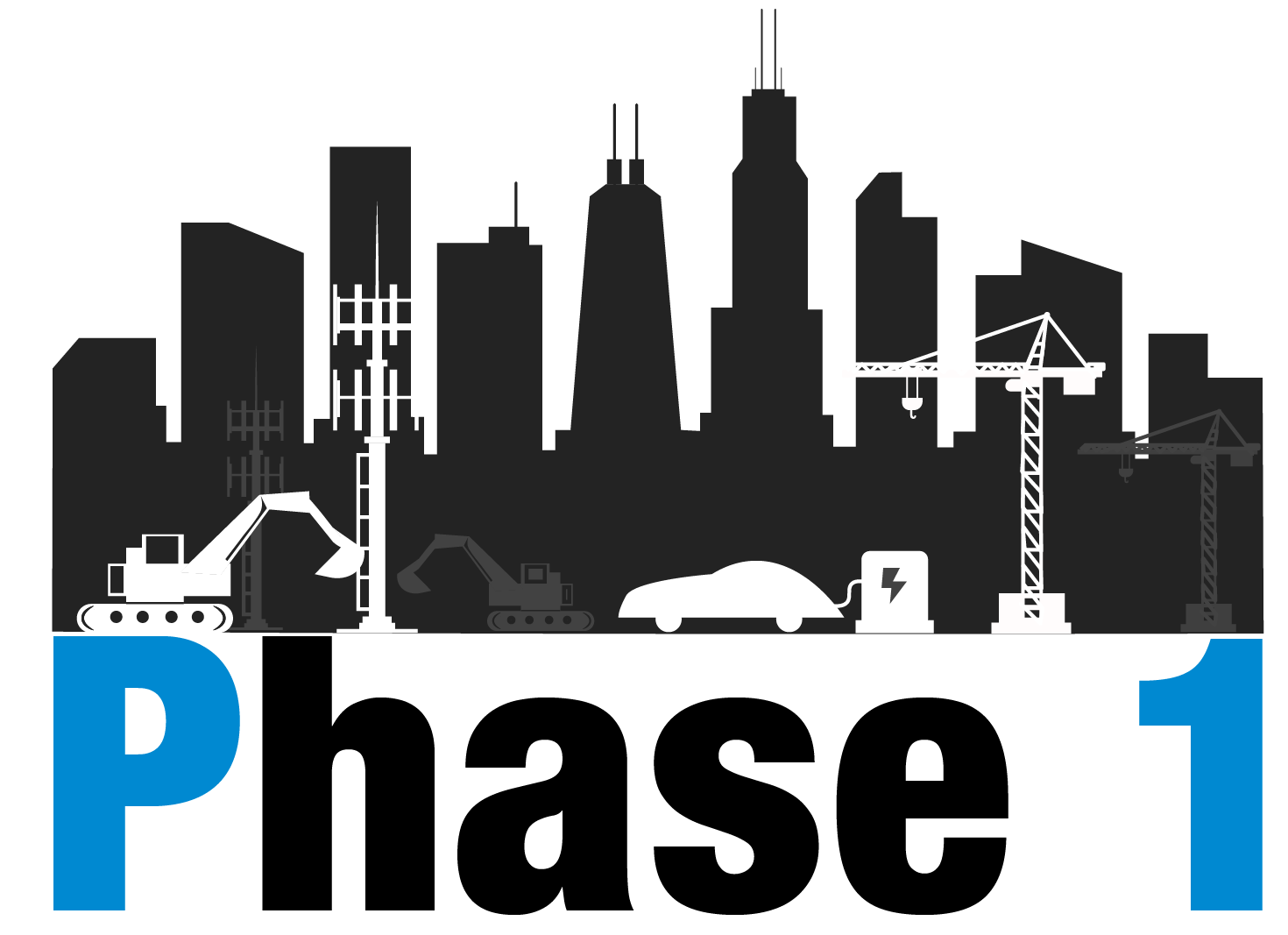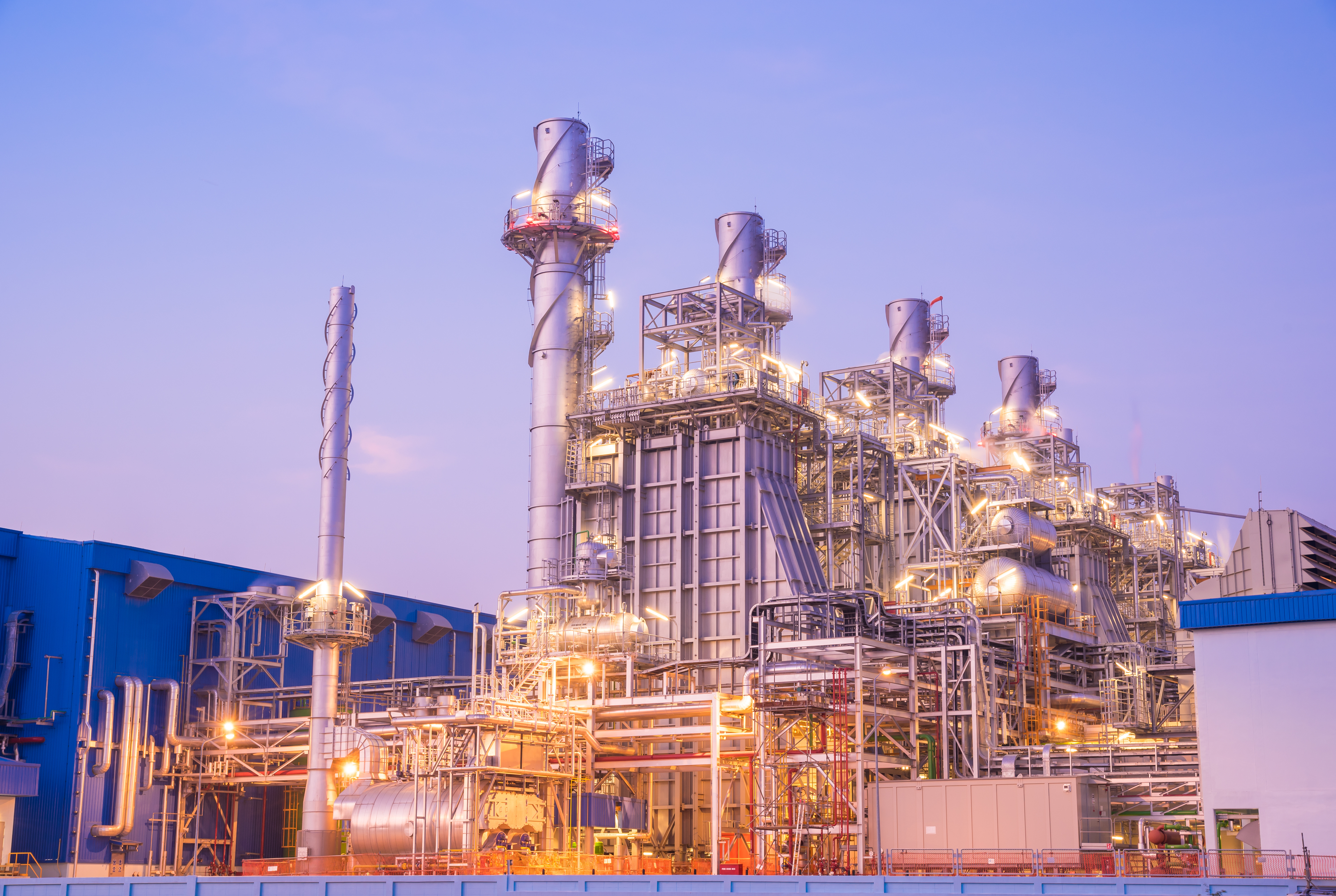Ensuring Safety and Sustainability: The Vital Importance of Building Codes

When you think of a well-constructed building, what comes to mind? Aesthetics, functionality, and design might be some of the initial thoughts, but beneath the surface lies a crucial foundation that often goes unnoticed: building codes.
These codes, while seemingly mundane, are the unsung heroes that ensure the safety, durability, and sustainability of the structures that shape our cities and communities. In this blog, we will delve into the significance of building codes and why adhering to them is of paramount importance.
What Are Building Codes?
Building codes are a set of regulations and standards established by local, state, or national governments to govern the design, construction, and occupancy of buildings. They cover a wide range of aspects, including structural integrity, fire safety, electrical systems, plumbing, accessibility, and more. Building codes are meticulously crafted to protect the health, safety, and welfare of occupants and the general public, while also promoting energy efficiency and environmental sustainability.
Ensuring Structural Integrity
One of the primary objectives of building codes is to guarantee the structural integrity of buildings. A well-designed structure can withstand external forces such as wind, earthquakes, and snow loads. By adhering to building codes, engineers and architects ensure that buildings are constructed with the proper materials, techniques, and considerations to withstand these forces, reducing the risk of catastrophic collapses and saving lives.
Fire Safety and Life Protection
Building codes play a pivotal role in enhancing fire safety measures within structures. They dictate the installation of fire-resistant materials, the design of fire exits and evacuation routes, and the placement of fire alarms and extinguishing systems. By following these guidelines, buildings become safer havens, minimizing the spread of fires and providing ample time for occupants to escape unharmed.
Public Health and Accessibility
Building codes also address public health concerns and accessibility requirements. They outline sanitation standards for plumbing systems, ventilation, and overall indoor air quality. Moreover, building codes mandate accessible designs for individuals with disabilities, ensuring that everyone can navigate and utilize buildings comfortably and safely.
Energy Efficiency and Sustainability
In an era where environmental consciousness is paramount, building codes have taken on an additional role: promoting energy efficiency and sustainability. Codes mandate the use of energy-efficient materials, lighting systems, and insulation, contributing to reduced energy consumption and lower carbon footprints. Sustainable construction practices not only benefit the environment but also lead to long-term cost savings for building owners.
Community Resilience
Building codes don't just protect individual structures; they contribute to the resilience of entire communities. By adhering to codes that require structures to be built to withstand natural disasters, communities can better recover and rebuild in the aftermath of events like hurricanes, tornadoes, and earthquakes. This ensures that cities and neighborhoods can bounce back more effectively and maintain their social fabric.
Conclusion
In the world of construction, building codes are the invisible guardians that ensure our safety, comfort, and well-being. They are not just regulations to be followed; they are the cornerstones upon which modern society builds its physical infrastructure. From preventing structural failures to promoting energy efficiency and accessibility, building codes create a solid framework for progress and development.
As responsible citizens and stakeholders, it is crucial to recognize and uphold the importance of building codes. Compliance with these codes isn't a mere formality; it's a commitment to the safety and sustainability of our built environment. By understanding and following building codes, we contribute to the creation of resilient, secure, and harmonious communities that stand the test of time.
If you are interested in knowing more about building codes, leave a comment below or contact us at news@ph1c.com


